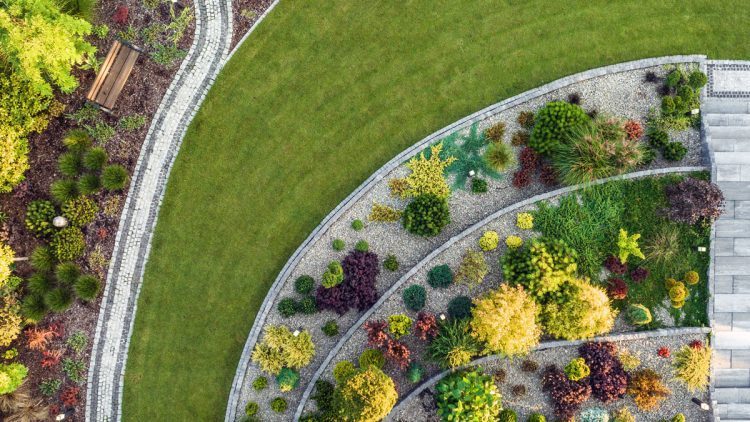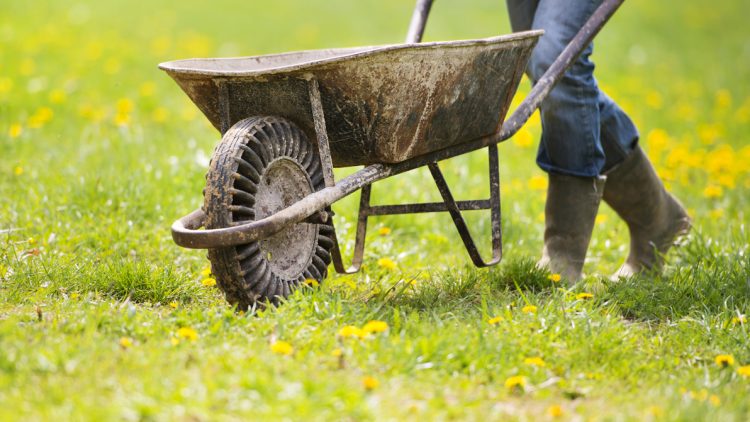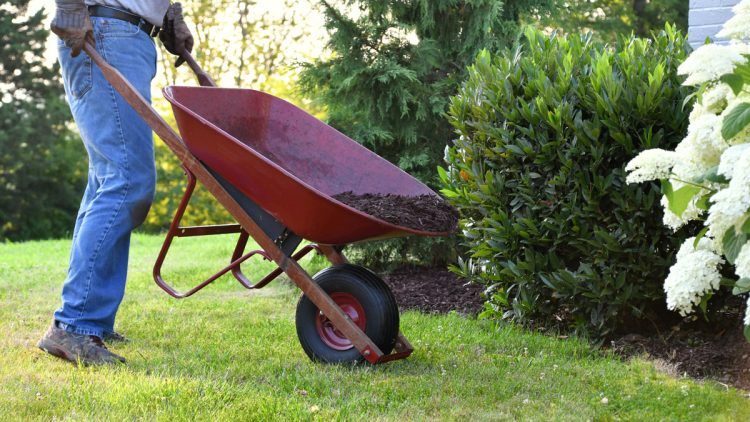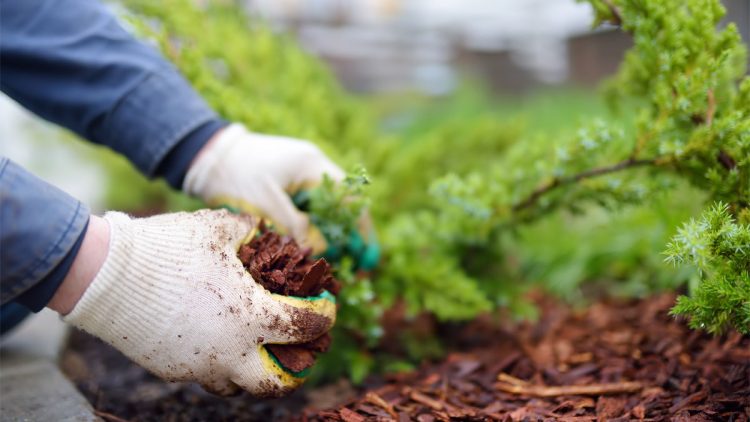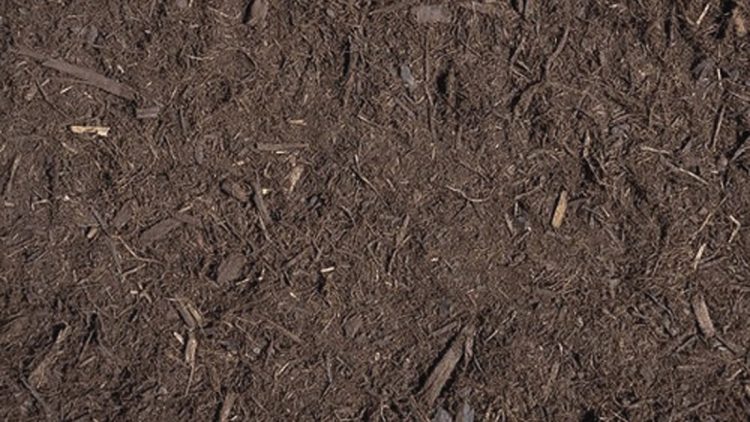Pros and Cons of Mulch
Mulch is a material you put over the garden soil to keep sunlight away from directly hitting it and decrease moisture loss via evaporation. Nevertheless, when utilizing this material in your landscape, it brings both good and bad impacts to the soil underneath the covering of mulch.
Which Mulch Is Right for You?
Mulch is the ace in the hole of gardening gladiators. Following the completion of a new landscaping project or removal of weeds out of gardens, placing mulch over the soil has a multitude of benefits: it hinders weeds, subsides evaporation, and creates an orderly, unified appearance to the landscape. Many mulches also enhance soil composition and fertility.
You have a lot of mulches to choose from. Below is a breakdown of the pros and cons of different mulches. Consider your location and your garden’s requirements and then spread some “mulch” needed love!
Fallen Leaves
- Pros: No cost! Cut them up using a lawnmower or a weed trimmer or allow them to dry into a crumbly condition. On the other hand, place them in a pile and allow them to decompose for a year or so prior to use.
- Cons: If they are wet and not shredded, they are going to mat and fester. When they are really light and dry, they are inclined to being blown away. Some leaves (for instance black walnut) release toxins and have detrimental impacts on some plants.
Grass Clippings
- Pros: No cost!! Adds nitrogen to the soil.
- Cons: Required to be dried before applying to prevent matting and festering. Break down rapidly. Do not use clippings from chemically treated lawns, particularly on vegetables intended to be consumed.
Pine Needles
- Pros: No cost! Good weed suppression; remains in place well; great on slopes; slowly breaks down; increased acidity, which benefits some plants (rhododendrons, azaleas, blueberries, and some kinds of conifers).
- Cons: Spiny to work with; acidification of soil.
Straw
- Pros: Appealing color, good coverage, outlasts grass clippings or leaves.
- Cons: Inclined to weed seeds, which could cause more issues than it solves.
Compost
- Pros: Dark color sets plants off magnificently; quickly enriches soil; low cost, particularly if you create your own.
- Cons: Breaks down fast; very short duration weed suppressor.
Shredded Bark
- Pros: Low cost; readily available; breaks down somewhat slowly; stays in place on inclines; sometimes an eco-friendly use of wood industry byproducts.
- Cons: Can consume nitrogen content from soil when it decomposes.
Wood Chips
- Pros: Usually free from local horticulturists or electric companies.
- Cons: Might be acidic; may contain species harmful to plants (like black walnuts) or harmful to humans (like poison ivy). Raw chips can drain nitrogen.
Pine Bark Nuggets
- Pros: Long-duration (larger nuggets last longer); good weed suppressor; appealing.
- Cons: Susceptible to tumbling down inclines or washing away in rainstorms.
Cocoa Hulls
- Pros: Smells like chocolate! Fine texture, appealing color. Not prone to waning.
- Cons: Easily blown away by wind; harmful to pets; may develop mold in hot humid climates. costly.
Rock And Gravel
- Pros: Long duration doesn’t break down.
- Cons: Long duration, doesn’t improve soil; difficult to remove or grow plants in.
Landscape Materials in Phoenix by A&A Materials, Inc.
A & A Materials, Inc., located in Scottsdale, Arizona, offers landscaping materials for your landscaping needs. Call us at 480-990-0557 for more information.



